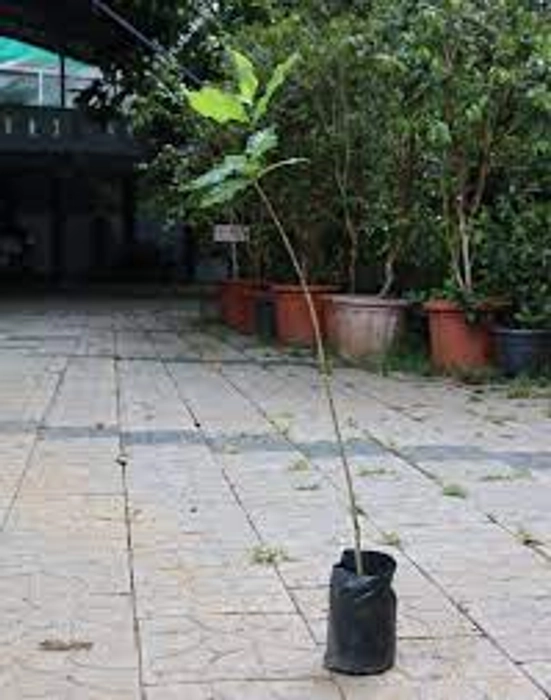Ceylon Olive Live fruit Plant (Elaeocarpus Serratus)
Product description
Elaeocarpus serratus, commonly known as Ceylon Olive or Indian Olive, is a tropical evergreen tree native to various regions of Asia, including Sri Lanka (formerly known as Ceylon), India, Myanmar, and other parts of Southeast Asia. Here is a description of the Ceylon Olive (Elaeocarpus serratus) plant:
-
Tree Appearance: Ceylon Olive trees are medium-sized to large evergreen trees that can reach heights of 15 to 20 meters (49 to 66 feet) or more. They have a straight trunk with brown to grayish-brown bark.
-
Leaves: The leaves of the Ceylon Olive tree are simple, alternate, and elliptical to lanceolate in shape. They are typically dark green, glossy, and have prominent veins. The leaves can vary in size but are generally 6-10 cm (2.4-4 inches) long.
-
Flowers: Ceylon Olive trees produce small, fragrant, white to pale green flowers that are often arranged in clusters or racemes. These flowers have a bell-shaped appearance and are often visited by pollinating insects.
-
Fruit: The fruit of the Ceylon Olive tree is a small, round to oval drupe, typically about 1-2 centimeters (0.4-0.8 inches) in diameter. When ripe, the fruit's skin turns from green to purplish-black or dark purple. The flesh inside is typically thin and surrounds a single seed. The fruit has a slightly sweet, tart, or astringent taste, and it is often consumed fresh. However, it is not as well-known or widely cultivated as some other fruits.
-
Seed: Each Ceylon Olive fruit contains one seed, which is typically hard and woody.
-
Habitat: Ceylon Olive trees are found in a variety of habitats, including lowland rainforests, evergreen forests, and hilly areas. They prefer well-draining soil and are often found in regions with a tropical or subtropical climate.
-
Cultivation: While Ceylon Olive trees are not as commonly cultivated as some other fruit trees, they can be grown in suitable tropical and subtropical regions. Propagation is typically done from seeds, and the trees require a warm and humid climate with regular rainfall.
-
Uses: The primary use of Ceylon Olive fruit is for fresh consumption. The taste and quality of the fruit can vary, with some varieties being more palatable than others. The fruit is not widely commercialized but is still enjoyed locally in some regions where it grows.
Ceylon Olive is not as well-known or commercially significant as other fruit trees, but it holds cultural and ecological importance in its native range. It is appreciated for its fruit and contributes to the biodiversity of tropical forests in its habitat.
✦
You might like these
✦







